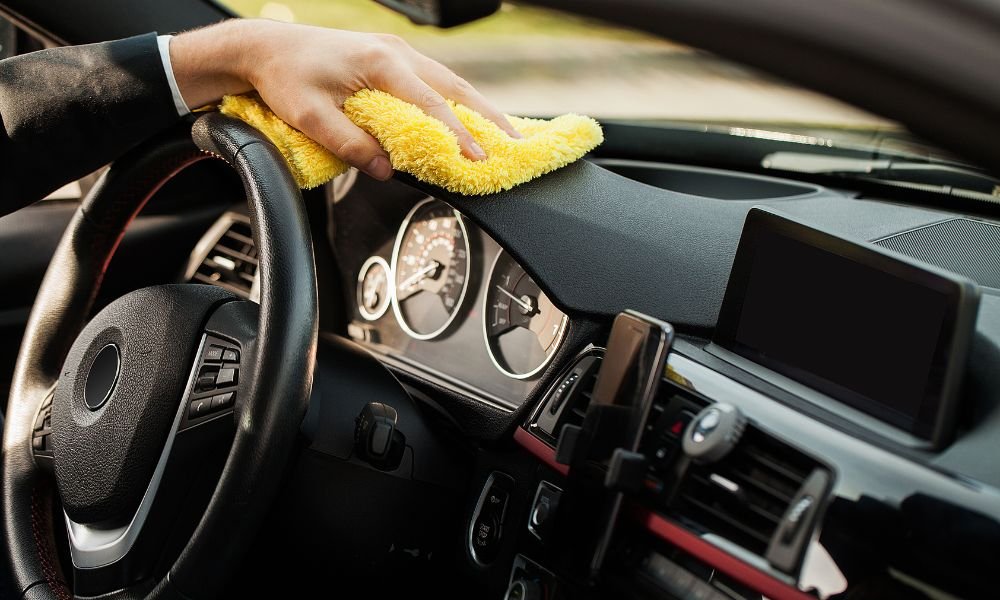The Lotus Emira Is the End of an Era
A contemporary Elise, Exige, and Evora followed. These are cars we’ve seen for years with various wings, power outputs, and price tags attached. Yeah, the Evora marked the introduction of that Toyota V6 to the marque, but without its development Lotus wouldn’t have had the V6 Exige; its test mules were modified Elise chassis with V6 bolted in, and they were too fun to not play with further. Of course, these three probably wouldn’t have been here had different choices been made over a decade ago. They would have been fun memories for a company that had moved on, but instead they were a backbone that kept the lights on. They are Lotus’ enduring spirit this century.
A hypercar, electric or otherwise, is always a treat to see. The Evija came out of nowhere. A sign that the firm’s fresh investment wasn’t going to sully what founder Colin Chapman had built, but move it on in ways previously unheard of. This, as Lotus has previously stated, is a statement of intent.
The team is rightfully very proud of its heritage, but as each went by the crowd it felt like more than a countdown to the new car, but also to the end of Lotus’ petrol-powered heritage. The clock hit ‘one’ when Emira came thundering around Hethel’s famous test track, meaning ‘zero’ isn’t far away. Both Lotus’ past and its future rolled in to one.
A big show felt like the right thing for Lotus to do. After a decade of ups, downs, more downs, a product line that (though brilliant) in a just world would’ve been refreshed years ago, and a changing climate, the little company from Norfolk deserved to show how much it is evolving under the ownership of Geely.
Speaking after the event, Lotus Managing Director Matt Windle said there’s going to be an Emira for every kind of driver. Buyers in countries with strict taxation on emissions and large motors will be catered for with the AMG motor, while markets that tend to prefer big engines and manual gearboxes (America, for example) from the Lotus cars won’t be left behind. No matter which you go for you’ll have a good time, was the message.
When it comes to tech, the topic of cup holders came up. They may be a small thing in the grand scheme, but it’s the kind of thing people actually want, and that rivals offer. Simon Clare, Executive Director of Global Marketing, explained: “We have to evolve to grow. We make fabulously thrilling cars to drive but we’ve become a little bit too niché. We’ve had to make a step change to make the car more usable, more practical, and more appealing to conquest from different more practical sports cars.” The challenge, Clare noted, was that Lotus must retain its core principle of being driver focussed, but also be more compelling to a wider audience. A modern sports car needs practicality, safety tech, and a space for your morning brew. “It was more about removing the barriers to purchase but maintaining the whole point of why you’d buy a Lotus.”
The message here is that Lotus simply couldn’t keep making the same car for an audience that finds excuses not to buy them. That may upset vocal internet types, but if they want Lotus to survive… they’re gonna need to get on with cup holders and a little more weight.
Gavan Kershaw commented on how Lotus has managed to keep weight as low as possible (3,097 pounds in its lightest spec) while also adding the kind of toys people want: “We’ve gained 24 pounds overall, but actually added about 132 pounds of features, safety, bigger wheels, etc. The guys have effectively saved 110 pounds over what we’ve done in the past.” This, added Kershaw, is down to smart thinking—single panels where others would layer them, for example.
On the AMG engine, Kershaw noted that while the motor itself is off the shelf, the shift map, calibration, throttle control, noise mapping… everything needed to make it suit a Lotus is set by Lotus. He’s excited about what it can do as well, adding that from the outset the famed German four banger was “on the wish list” for partner powertrains.
How long until the clock finally reaches zero though? Matt Windle explained: “We’ve said we’ll be all electric by the end of the decade… however, if we can still sell the car in some regions we will sell the car. Or, as we’re seeing now there’s some interest in licencing. It’s not an EU7 [stringent EU emissions regulations proposed to launch in 2027] compliant car right now – the Toyota engine’s never going to be EU7, neither’s the AMG unit. It’s a world car definitely until 2027.”
This is just the beginning for the Emira though. When asked about a harder, faster version, a big grin spread across Windle’s face but further comment wasn’t forthcoming. He was there to talk about the launch car. Other versions are on the way though, and if the number of pearly whites on display are anything to go by they’re going to be rather exciting.
Rain, shine, and everything in between, the show must go on. Hopefully the Emira will be a hell of a player.


